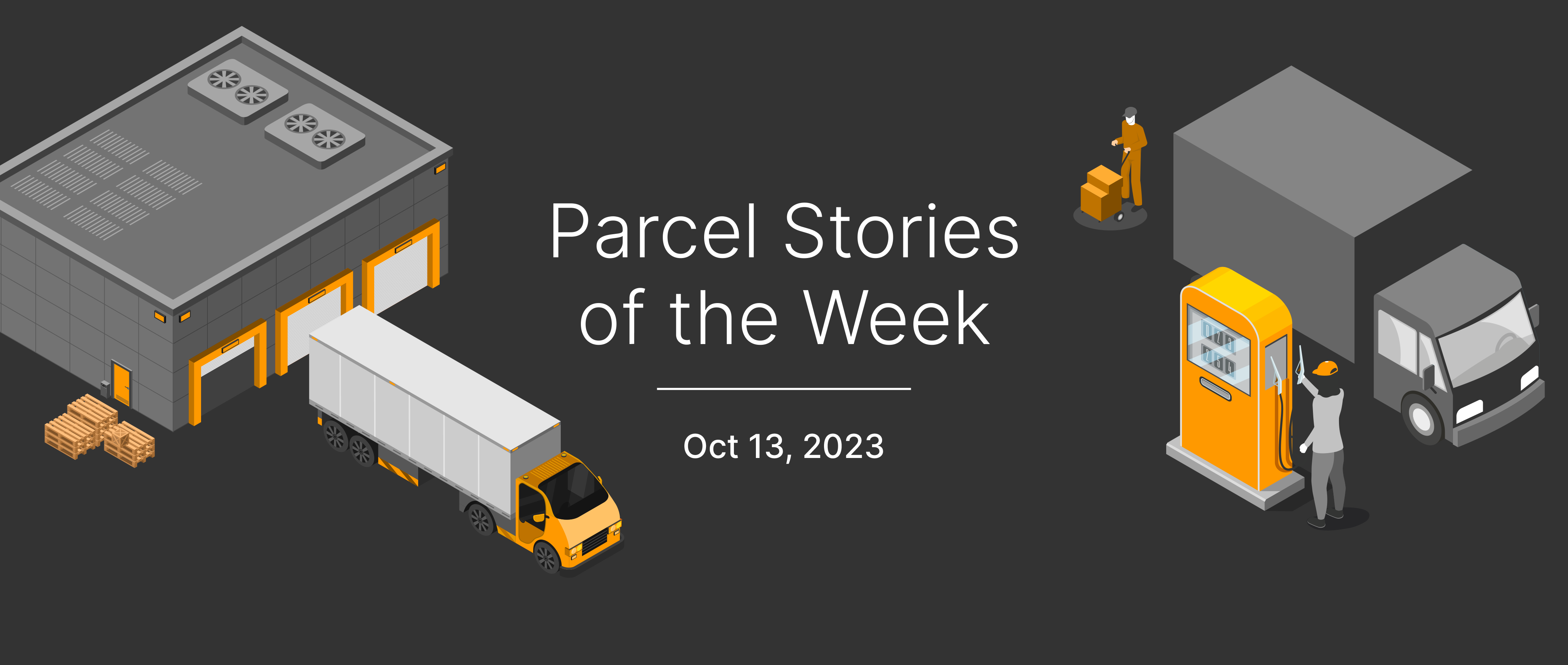This week in parcel, it’s time to review your parcel carrier contracts. Deliveries are on time at the highest rate since the pandemic, but that rate is still low compared to marks prior to 2020..
As peak season ramps up, warehouse prices are up, and fuel prices are down.
On-time deliveries are up, but still low compared to pre-pandemic
On-time deliveries are at their highest level since before COVID-19, but the 85.1% mark is still lower than historical averages. Prior to the pandemic, a 15% late rate was considered catastrophic.
Carriers with a track record of accurate deliveries in the upper 90% likely dismiss the idea the 85.1% on-time figure is acceptable.
However, there are many factors going into the timely deliveries. Whether it’s a retailer narrowing its delivery window or sending out oversized shipments, getting packages to their destination by the promised date takes more than the carrier.
Still, this data supports the idea that shippers should not stop auditing their small parcel invoices.
Our take: Despite the off-again, on-again nature of money-back guarantees from the carriers over the past few years, smart companies have not given up on this critical practice. Not doing so is leaving money on the table.
Read more here.
Warehouse costs on the rise
In September, the Logistics Manager’s Index grew for the second straight month. Warehousing utilization and pricing grew, as well as transportation capacity, transportation utilization, and inventory costs. Warehousing capacity also increased but at a lesser rate than in August.
Inventory levels were a mixed bag. Companies with over 1,000 employees had inventory increases, but smaller companies saw decreases.
Warehousing prices saw the largest increase in September. The increase (+7.9) brings pricing into the 70s on the index and is attributed to new spaces being built, with several locations being constructed in larger metros. Despite the price increase, capacity has not grown to the same degree, therefore, prices are likely to remain higher until capacity catches up with demand.
Our take: Most large-volume parcel shippers have to deal with inventory and warehouse management to some degree, so finding other ways to cut costs in the shipping operation is all the more important. Renegotiating your small parcel contracts and and creating a more efficient parcel operation are two ways to do so.
Read more here.
Fuel prices drop for the second time in three weeks
The average diesel price decreased by 9.5 cents this week. It’s the second time in the last three weeks that fuel prices have dropped. Prior to September 25, fuel costs had risen every week since July 24.
Last week, there was an increase of only seven-tenths of a cent. The decrease on September 25 was 4.7 cents.
Diesel is now 72.6 cents per gallon cheaper than it was at the same point last year.
Our take: The two declines in the last three weeks may indicate a downward turn in the trend of higher diesel prices. This might be a good time to review your carriers’ fuel matrices to understand where your fuel costs are at right now (for all your freight) and reevaluate your routing choices. Some carriers you’re using right now may not be the best option when fuel costs are factored in.
Read more here.


